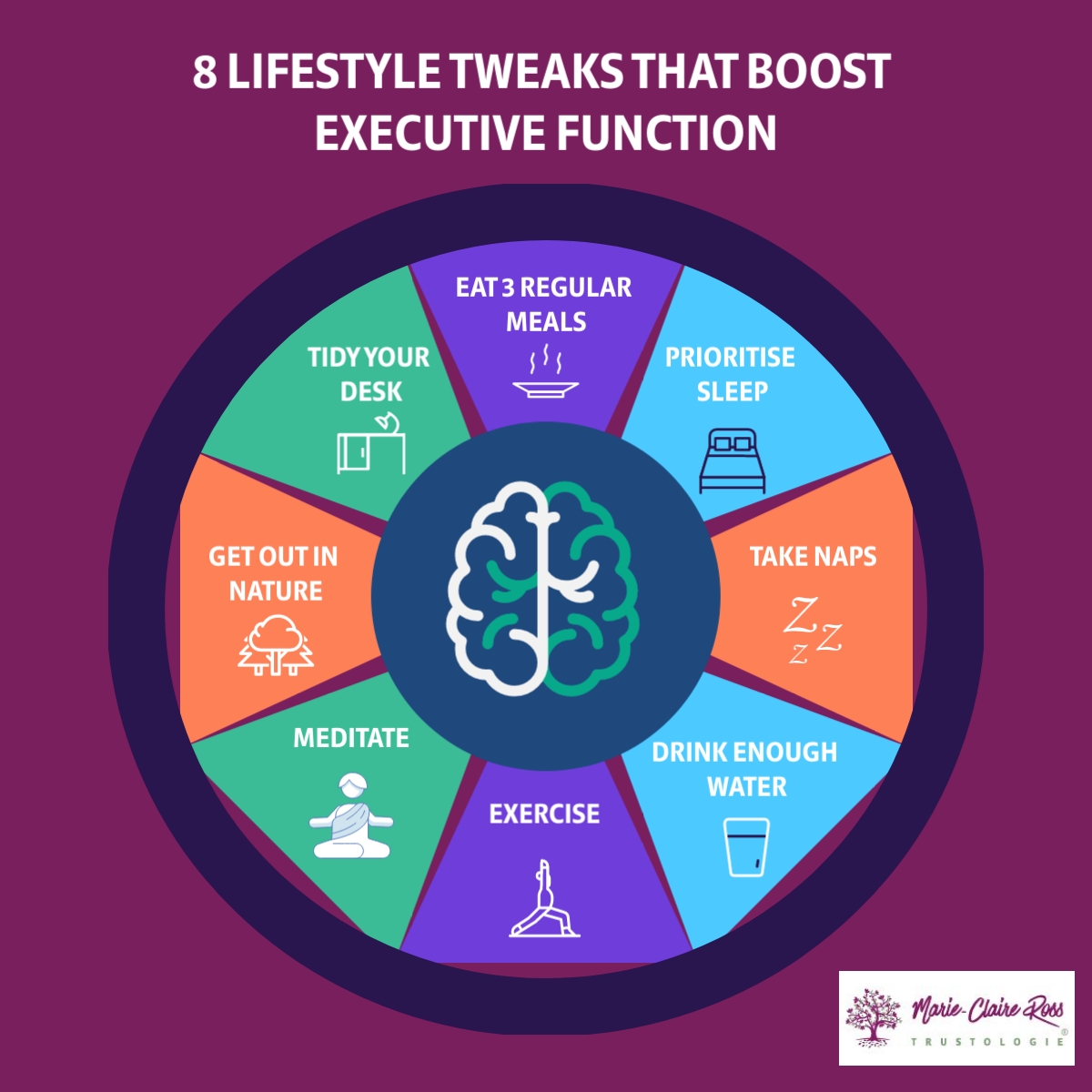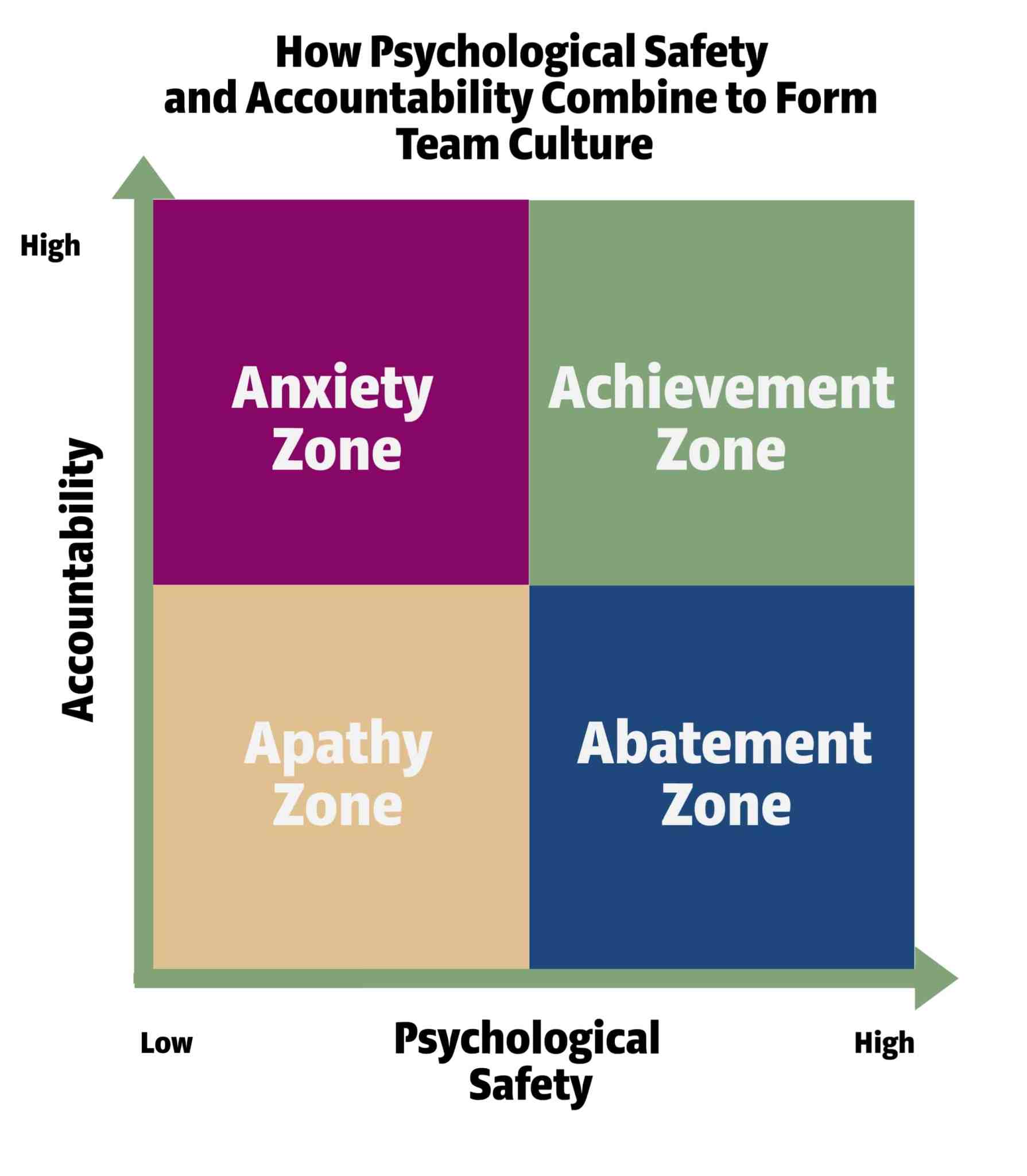
According to the recent global Pulse of Talent report, by the HR tech firm Ceridian, 9 in 10 middle managers have experienced burnout over the past year.
One of the most common complaints from employees about leadership is that leaders don't 'walk the talk.' It creates a lack of trust - spurring resistance to goals and negative employee interactions. Making it hard to generate cultural change longer term.
And while everyone likes to blame leaders for this perceived lack of integrity, aligning our intentions with our actions is difficult. Sometimes people misread our actions because they don't understand the context driving our behaviours. While other times, we are not aware that there is a disconnect.
Given how important it is for employees to see that leadership is modelling the right behaviours, talking our way into trust isn't enough. We have to behave into it.
So how do we behave so that our people trust us? How can we ensure we aren't letting our personal blind spots stop us from being the leaders others want us to be?
Well, one of the biggest areas for this conflict, is how we get results.

Typically, we only consider what results we are getting (lag indicators), but how we achieve them is key to ensuring the right behaviours and team environment moving forward (lead indicators). After all, the how part of getting results will either slow us down next time or help us rally the efforts of our team with ease.
And while it is helpful to reflect on both these questions, you will improve trust and influence more when you ask these question with your team. Depending on how comfortable they are sharing their opinions with you, you will get feedback with how the behaviours in the team are either contributing to high performance or anxiety. And how your behaviours impact everyone else. This is important feedback to help you realistically create an environment for your team to thrive.
If you want more tips on how to build trust in your team, ask me about my SUCCEED Together® coaching program.

According to the recent global Pulse of Talent report, by the HR tech firm Ceridian, 9 in 10 middle managers have experienced burnout over the past year.
-1.jpg)
If we want to lead our teams into the achievement zone, we need to lead ourselves there first.